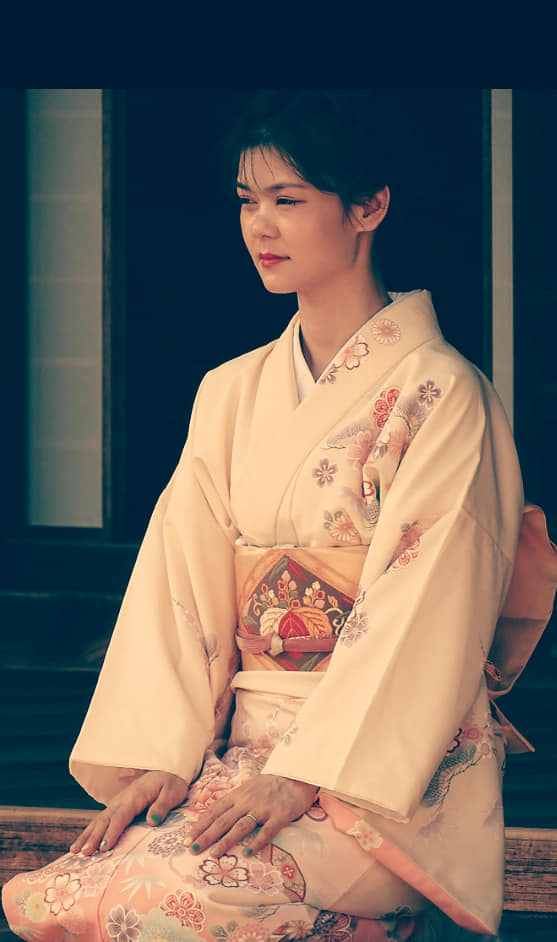The first instances of kimono-like garments in Japan were traditional Chinese clothing introduced to Japan via Chinese envoys in the Kofun period, with immigration between the two countries and envoys to the Tang dynasty court leading to Chinese styles of dress, appearance and culture becoming extremely popular in Japanese court society.The Imperial Japanese court quickly adopted Chinese styles of dress and clothing,with evidence of the oldest samples of shibori tie-dyed fabric stored at the Shosoin Temple being Chinese in origin, due to the limitations of Japan’s ability to produce the fabrics stored there at the time.
During the Heian period (794-1193 CE), Japan stopped sending envoys to the Chinese dynastic courts, leading to the prevention of Chinese-exported goods, including clothing, from entering the Imperial Palace, and thus disseminating to the upper classes, who were the main arbiters in the development of traditional Japanese culture at the time, and the only people able, or allowed, to wear such clothing.

The ensuing cultural vacuum led to the facilitation of a Japanese culture independent from Chinese fashions to a much greater degree; this saw elements previously lifted from the Tang Dynastic courts develop independently into what is known literally as “national culture” or “kokufū culture” (国風文化, kokufū-bunka), the term used to refer to Heian-period Japanese culture, particularly that of the upper classes.
Clothing became increasingly stylised, with some elements – such as the round-necked and tube-sleeved chun ju jacket, worn by both genders in the early 7th century – being abandoned by both male and female courtiers. Others, such as the wrapped front robes also worn by men and women, were kept, and some elements, such as the mo skirt worn by women, continued on in a reduced capacity, worn only to formal occasions.



